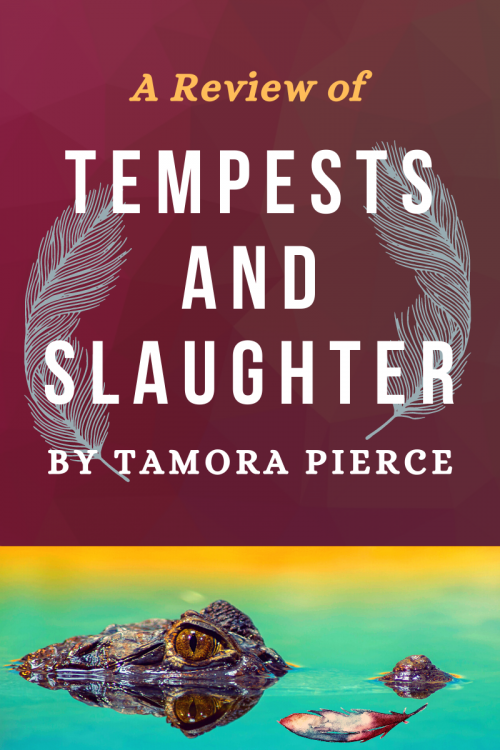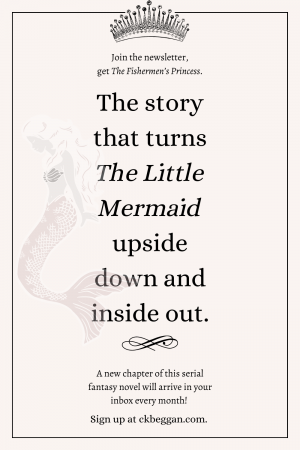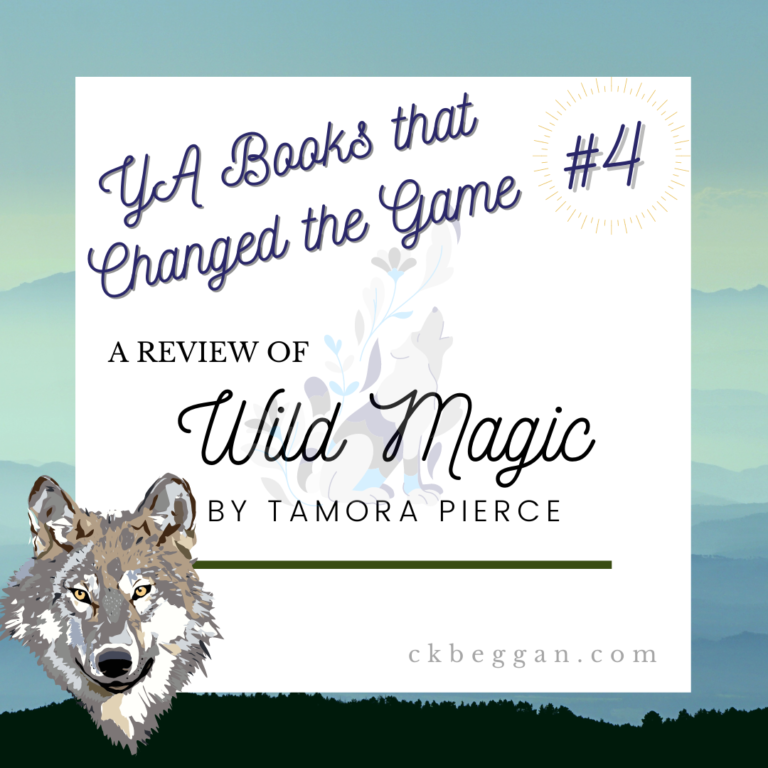
This is the story of how Numair, a beloved character in The Immortals series, became the (ahem; nerdy but a touch amorous) sorcerer we know and love. It’s the story you didn’t know you needed, with a quieter approach to a Hogwarts-like school and a simmering undercurrent of the disaster that is to come. It has a different tone than some of Tamora Pierce’s other YA novels, and I think it would be enjoyable for readers of fantasy as well as YA fans, and to newcomers to Pierce’s work.
Gladiators aside, this is not the violent story you’d expect from the name. The key word, in fact, is in the series name: The Numair Chronicles. There are animal gods, two kinds of magic, first love, dedicated friends, puberty and one prodigiously talented little boy who is about to grow up.
Origin story
Tempests and Slaughter tells the story of a young Numair (Arram Draper) and Ozorne, the “leftover prince” who will become the villain in The Immortals series.
Arram Draper has a Harry Potter-like knack for finding conspiracies and trouble. What he lacks that Harry excels at is the ability to fully pursue them. The future Numair is often told to stay out of it and keep quiet by his trusted teachers, who vow they’ll handle it. But the trouble and foreshadowing just keep coming. Sound frustrating? It is! But this also makes it realistic, interesting and very, very tense.
Arram’s first friend at a school for older mages-in-training is another prodigy: the “leftover prince,” Ozorne. There are peeks at a temper, but his bad side, including his biases, get written off due to his family’s tragic history. And after all, he’s just a boy mage. What’s the worst that could happen?
Tempests and Slaughter is full of slow-burn foreboding like that. It allows the reader to know better without begrudging the characters for not putting two plus two together; they can’t see the future, and the vast majority of the time, Ozorne is no different than any other good-natured but burdened kid. He’s is a protective, wonderful friend to Arram, like the perfect older brother for the vulnerable young mage.
Another perk of being friends with Ozorne is that Arram meets Varice, a sensible and increasingly elegant young woman whom Arram risks ruining their trio of happy friends over: he doesn’t know Varice for long before he has his first real crush. To Arram, the far more mature Varice seems unattainable, even as he takes on a slew of tasks meant for older teens or an adult.
This book left me eager to read more, ready to re-read The Immortals series and, sometimes, very annoyed. There is no satisfying wrap-up in sight: readers of The Immortals know more trouble is down the road, and nothing that happens in this series will change it. The future is literally already written.
But the looser structure of the story, flying through Arram’s years of training and many growth spurts, leaves room for a lot of action and milestones. Very little of the problems he comes across get resolved (or can be resolved) in one book.
This is a story that just keeps opening further and had to pause somewhere, which means I feel a little tortured between books. Fortunately, it’s a great thing to be tortured by Tamora Pierce’s characters, and I will absolutely have to read what happens next.
Tempests and Slaughter is a classic coming-of-age tale with a dark, magical twist. While Arram undergoes many rites of passage throughout the story, his status as a prodigy (and friendship with a river god) means he also takes on many roles suited for an older teen or adult.
Tempests and Slaughter is never overly violent and focuses mostly on relationships between the characters. Fans of fantasy in school settings will really take to this one. Fans of The Immortals series will be happily glued to it.
To learn more about this author, visit tamora-pierce.net.



